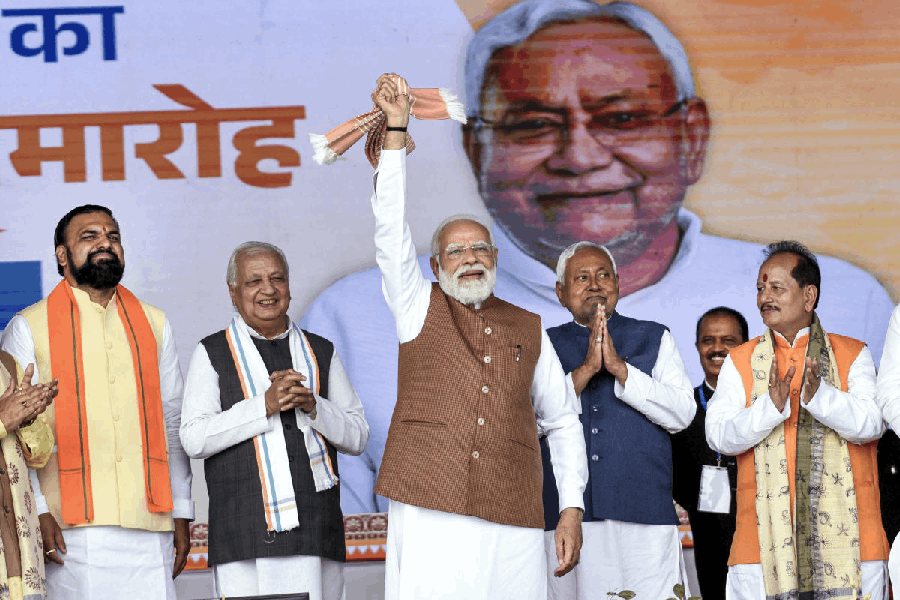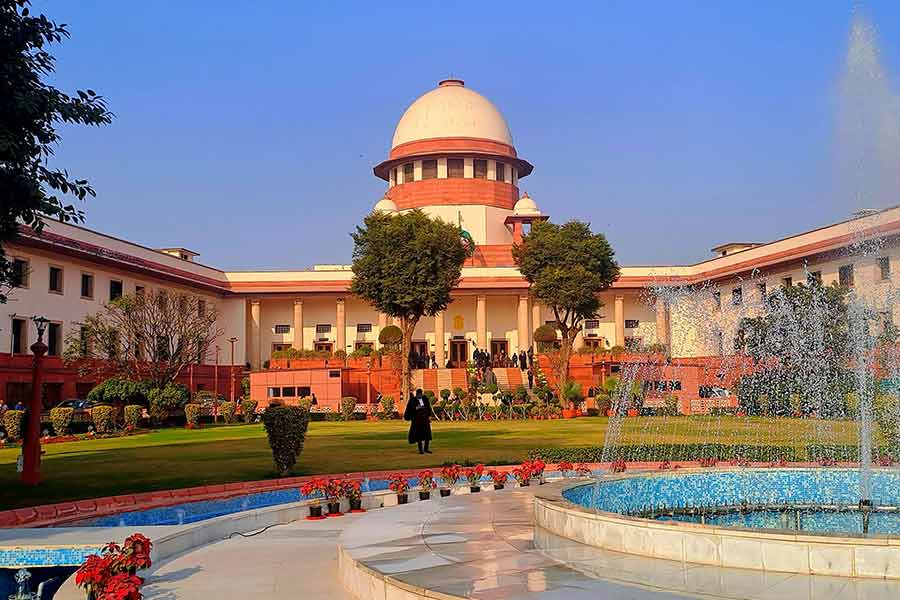|
|
The high priests of high art called it painkili — a derogatory name that could at once mean a set of writings (especially novels) and a set of attitudes. And yet the award in honour of Muttathu Varkey, writer of Paadaatha Painkili [The beautiful bird that doesn’t sing] from which the name was derived, is today the most coveted literary prize in Kerala. From at least the mid-Seventies, there was a whole lot of people whose everyday lives were interwoven with the fictional lives of lovelorn couples, serialized in popular weeklies. Malayala Manorama, Mangalam, Sakhi, Manoraajyam and a number of others continue to serialize stories of writers like Mathew Mattom, Sudhakar Mangalodayam, Josy Vaagamattom, Batton Bose, Kamala Govind, M.D. Ratnamma, Siddique Shameer and Ettumaanur Sivakumar. These romances, set mostly in villages, vividly brought out the complexities of the lives of marginalized groups, including those in the hill ranges and coastal areas. There were also detective novels and supernatural thrillers to animate the imagination of the reader.
It could be safely argued that Varkey has been one of the most-read novelists that Kerala has ever produced. Writing from the Fifties to the Eighties, he was instrumental in producing an aesthetic that has been the foundation for popular romances in Kerala. His novels, and those of his successors, have also been the source for a number of critically acclaimed films. One novel that crossed linguistic barriers was Pamman’s Chattakkari — first filmed in Malayalam and remade subsequently in Hindi as Julie.
Popular romances (and serialized detective novels) democratized reading in Kerala. The visibility of the reading public in Kerala is as much a contribution of this domain of literature as that of the communist movement. All leading publishing houses in Kerala publish these romances — often badly designed and printed on cheap paper — sometimes under a different imprint name. To say women were the readers of these novels might be a gross generalization, but it cannot be denied that women were the most visible among their readers. From these magazines to their new avatar as soaps, popular romances have come a long way. And yet, their role in producing a reading public in Kerala is still to be recognized.
 |
If you’ve read one, you’ve read them all, they say. They say it after having read them all. The popular romantic story is a commodity few can deny having consumed at some time or other in their lives, usually between a precocious 12 or 13 years of age to about 15 or 16. There is a furtive joy to reading these tales, an escape from so-called ‘high literature’, and later from gender justice and political correctness, although the best-written can be enjoyed over and over again. The luxurious sentimentality in the tales of a Bibhutibhushan Mukhopadhyay (of Jugalanguriya fame) or Ashutosh Mukhopadhyay is the key to a realm of poetic justice in love that we secretly dream of.Which are the most tenderly tearful situations, the most satisfying plots? A rich and/or accomplished young or young-mature hero; a quiet, brave, simple-beautiful heroine — either poor, or fallen on hard times; an apparently insurmountable barrier to union, social or economic, along with nasty ‘other’ women (like the Baroness Schraeder in The Sound of Music); a deep misunderstanding — arising from prejudice, or misplaced pride, or simply from hurt silence; a long separation; a magnificent coincidence or two (‘high literature’ bristles with those — what about Elizabeth meeting Darcy in Pemberley in Pride and Prejudice?) — the ingredients are rich with sentimental promise. Unswerving in her love for a man she never hopes to have, the heroine is essentially ‘good’, devoted in selfless service even to those who don’t like her, unconscious of the hero watching her as the clouds of misunderstanding part. Whether it is Panchatapa or Shilapate Lekha, Ashutosh Mukhopadhyay had the perfect touch. A rich, arrogant but vulnerable heroine with a courageous, highly intelligent but far from rich hero is a variant. The Bengali-romantic version of The Taming of the Shrew theme.
From Jane Eyre to Daddy-Long-Legs, from Austen to Daphne du Maurier, the classic romantic plot reveals the wisdom of the Mills & Boon plot designers. Across seas and cultures, the same romantic verities, whether in Parineeta or Kaal Tumi Aleya, excite the same misty-eyed longing for a blissful world of almost-forbidden, inarticulately sexy, but perfectly legitimate and magically perfect love. It is one of the rare pure joys still left us.











